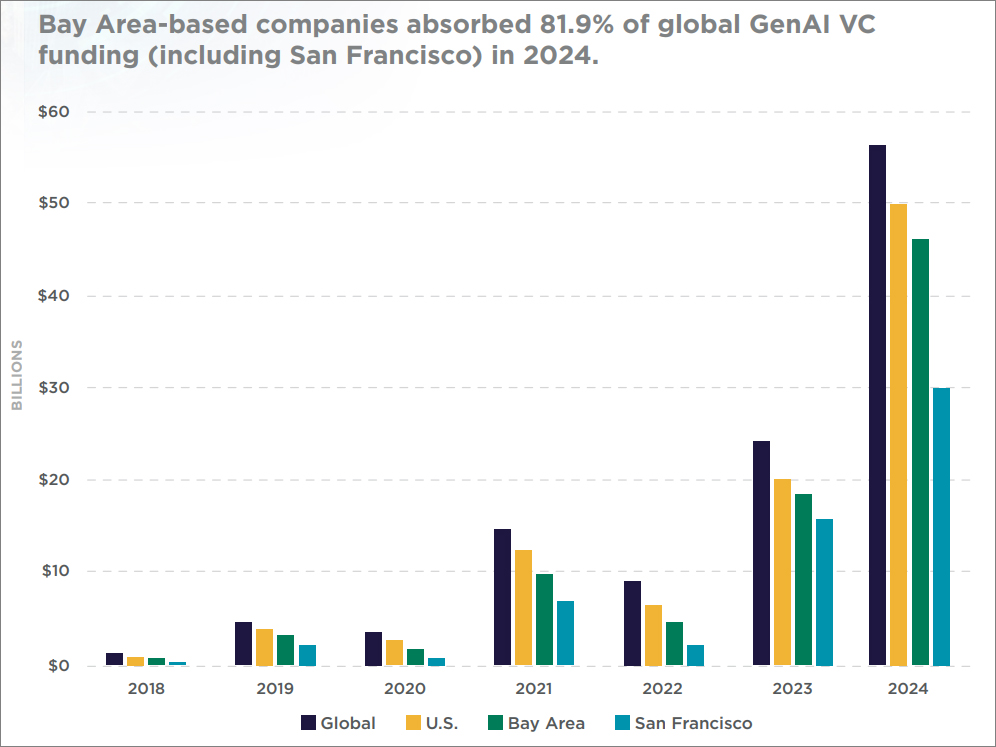Economist’s View: A Tale of Volatility and Optimism on the Global Stage
The U.S. economy is holding strong amid geopolitical threats and credit concerns, says economist Sabina Reeves.
Presidential adviser James Carville once said that if reincarnation existed, he didn’t want to come back as the president or a .400 baseball hitter but as the bond market, because “you can intimidate everybody.” For the past four months, the U.S. Treasury market seems to have vindicated that view. After Labor Day last year, U.S. Treasury yields began a rapid run-up to just under 5 percent in October, accompanied by concerns about Asian buyers exiting the market and the unsustainably high U.S. budget deficit.
After a couple of benign inflation data prints, the Federal Reserve pivoted and U.S. Treasuries fell equally quickly to below 4 percent. Inflation was vanquished and thought to be perhaps transitory. At the end of January, bond yields, in the low 4.1s, seemed to have found a spot at a sensible middle ground. Whereas bonds were traditionally thought to be an unvaried safe asset class, a different narrative was exhibited.

The reality is that just as the October level was too bearish, the holiday season lows were too bullish. Central banks around the world were right to push back on money markets getting ahead of themselves on the pace and timing of rate cuts. The last mile of inflation reduction is not as easy as the middle of the race, especially given the apparent soft landing that the U.S. economy is experiencing. Without a deflationary recession, the Fed is going to continue to be path-dependent—every inflation print counts.
However, looking at the U.S. from London and covering global markets, I can think of few other economies whose prospects look so good. The U.S. continues to have the highest GDP growth and the lowest inflation rate in the G7. We believe that this combination is set to continue through 2024. The risk of a recession seems slight while the gap between labor supply and demand remains in labor’s favor. While pandemic-era pent-up savings are starting to run out, the U.S. consumer is typically working and willing to spend, particularly on leisure activities. There are pockets of credit distress starting to bubble up; credit card and auto loan delinquencies are an example. However, the credit distress is increasing from an incredibly low base. The three 25-basis-point rate cuts we have penciled in for 2024, starting in June, should help relieve some of the strain on the consumer sector.

The proximate risk to this optimistic narrative is the increase in geopolitical risk in the Middle East. The recent Houthi drone attacks on cargo ships going through the Suez Canal and Red Sea have resulted in some cargo taking the longer route around Africa. As a result, shipping times and costs from China to Europe and North America have increased markedly in 2024. As long as the disruption remains limited, we do not expect to see a significant pass through to consumer price inflation, or enough to stay the Fed’s hand, but it is clearly something we are monitoring closely. The U.S. looks well placed relative to Europe to weather any potential disruption given that it is food and energy independent. Nonetheless, the recent volatile history of the global bond market shows that sentiment can move fast.
Sabina Reeves is chief economist & head of insights and intelligence at CBRE Investment Management, associate fellow at the University of Oxford and council member of Marlborough College. Follow Sabina on Threads: @sabinareevesconomist or on Linkedin.








You must be logged in to post a comment.